So you run your own business, things have been going well, but the more your business grows, the more complex your tax issues become. One often misunderstood tax concept is the Capital Dividend Account, or “CDA” for short.
Capital dividends are simply a form of dividend, which can be paid out to Canadian-resident shareholders on a tax-free basis. The critical caveat is that the amount of the capital dividend must not exceed the balance in the corporation’s CDA.
What is the CDA?
What exactly is the CDA then you ask? Good question. The CDA is a “notional” account that is calculated by you and your accountant, and can be verified with the CRA.
Notional meaning that it is not a literal account that you transfer funds in and out of (i.e., not like a bank account), but rather a cumulative calculation that “tracks” the CDA balance over time, and thus allows you to know the amount of capital dividends your corporation may pay out tax-free to its shareholder(s) at any point in time.
What Comprises the CDA Balance?
The technical definition of the CDA is exceptionally complex. Below is a simplified summary of this calculation to understand the mechanics of the CDA.
Capital Dividend Account (“CDA”) =
- [50% of Net Capital Gains (i.e., the non-taxable / “untaxed ½”)]
- + [Proceeds of Corporate-Owned Life Insurance (“COLI”), less the Policy’s Adjusted Cost Basis (“ACB”)]
- + [Capital Dividends Received from other Corporations or Trusts]
- – [Capital Dividends Paid]
Using the CDA to Your Advantage
Understanding the CDA can be very beneficial, especially when setting up a buy-sell agreement between you and your other shareholders, and when considering funding such agreements with COLI.
There are many advantages to having COLI versus Individually-owned life insurance – one of which is to use the funds to purchase shares upon the death of a shareholder. The life insurance proceeds in excess of the policy’s ACB are added to the CDA and can be paid out as tax-free capital dividends to the estate of the deceased shareholder &/or to the future shareholders (e.g., family members of the deceased).
COLI can also be used to effectively convert “trapped” corporate surplus (a.k.a., retained earnings), which would ordinarily be paid out in the form of a taxable dividend, into a tax-free capital dividend by repositioning corporate assets from taxable investments into tax-exempt COLI.
The COLI proceeds are received tax-free into the corporation and can essentially be paid out as a tax-free capital dividend to the deceased’s heirs.
You can learn more about the benefits of COLI here.
Timing is Important
It is important to be aware of the potential pitfalls inherent in the CDA. Timing of the realization of capital losses and the payment of capital dividends is very important. The overpayment of a capital dividend can result in significant tax penalties but can be avoided through careful tax planning. You should consult with your tax advisors before deciding to declare a capital dividend.
Takeaway
For individuals with private corporations, learning how to use your CDA effectively is important in terms of growing and managing family wealth. With some careful planning today, you may be able to significantly enhance the after-tax estate value you leave for your family.
Please feel free to contact a member of The Rosedale Family Office if you would like to learn more about CDA and how it can be maximized through proactive planning to tax-effectively achieve your legacy goals.
